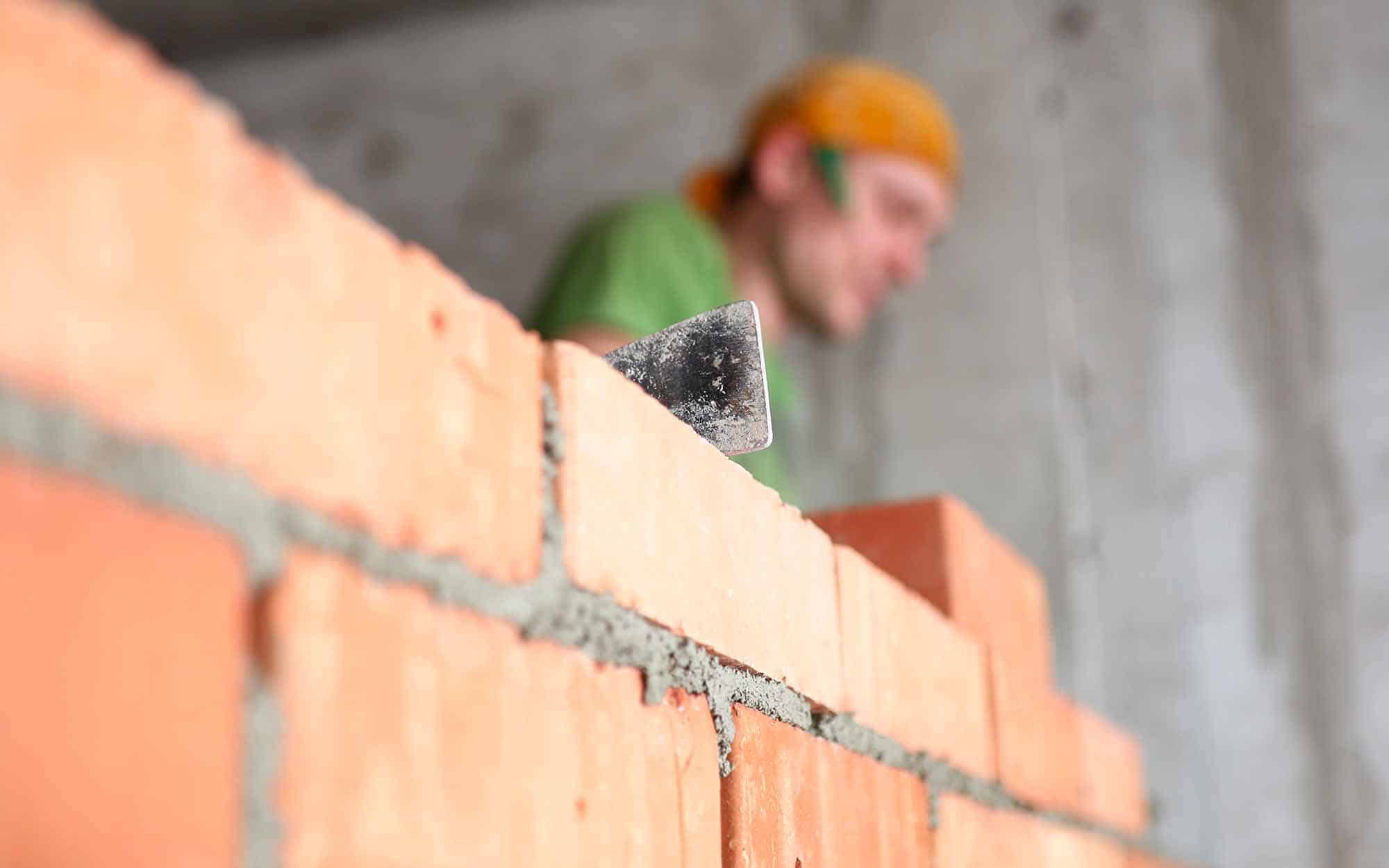Unlocking the Keys of Lasting Stonework Construction Practices for Eco-Friendly Buildings
Amongst the myriad methods to environment-friendly building, sustainable stonework construction stands out as a time-tested and resilient technique that holds a riches of untapped capacity. From the choice of materials to cutting-edge construction strategies, the keys to attaining sustainability within stonework building and construction are complex and appealing.
Benefits of Lasting Masonry Building
Welcoming sustainable stonework building and construction methods not only decreases ecological impact but likewise supplies long-term financial advantages to building contractors and areas. By making use of materials like recycled blocks, blocks, and stones, builders can considerably decrease the carbon impact of their projects while promoting source performance. In addition, lasting stonework building and construction techniques, such as correct insulation and thermal mass residential properties, can enhance power effectiveness within structures, causing minimized operational costs with time.
In addition, the longevity and durability of stonework structures add to long-term financial advantages. Buildings constructed using lasting masonry techniques usually require much less upkeep and repair work, equating to set you back savings for contractors and homeowner. The durability of stonework products also makes sure that structures stay steady and safe and secure, minimizing the need for constant remodellings or replacements.
Eco-Friendly Masonry Products
Using environmentally friendly stonework products is a pivotal action in the direction of enhancing the sustainability of construction practices and decreasing ecological impact while optimizing lasting financial advantages. Lasting masonry products are sourced, generated, and utilized in a manner that reduces total ecological effect. Products such as recycled bricks, recovered stone, and lasting concrete blocks are ending up being increasingly preferred choices for eco-conscious builders. Recycled blocks, for example, not just draw away waste from land fills however additionally call for much less power to create compared to new bricks. Reclaimed rock offers an one-of-a-kind visual charm while lowering the requirement for brand-new quarrying. Sustainable concrete blocks integrate recycled accumulations and may include improved insulation properties, adding to energy performance in buildings.
Furthermore, all-natural materials like adobe, rammed earth, and straw bundles offer excellent thermal mass residential properties, decreasing the requirement for home heating and cooling energy. These materials are typically in your area readily available, advertising local economic situations and decreasing transportation-related carbon discharges. By selecting eco-friendly stonework products, building projects can dramatically reduce their ecological impact and contribute to the development of much healthier, more lasting built atmospheres.
Energy-Efficient Masonry Methods
Power effectiveness plays an essential role in enhancing the sustainability of stonework construction practices. Website By carrying out energy-efficient stonework helpful site methods, building contractors can considerably minimize the total power usage of a building, bring about reduced operational prices and a smaller ecological impact. One essential energy-efficient stonework strategy is the use of thermal mass, which involves including dense materials like concrete or brick into the structure's structure to absorb and save heat. This helps manage indoor temperatures, reducing the demand for mechanical home heating and cooling systems.

Technologies in Sustainable Masonry
Current developments in sustainable masonry practices have produced innovative methods that are reshaping the building and construction sector. One such advancement is the growth of self-healing concrete, which utilizes germs installed within the concrete to heal fractures autonomously. This innovation not only minimizes maintenance expenses but also improves the durability of stonework frameworks, adding to their sustainability.
One more remarkable innovation is the use of recycled accumulations in stonework building - masonry contractor. By incorporating materials such as crushed more information ceramic waste or recycled glass right into concrete blends, building contractors can reduce the environmental impact of building tasks while maintaining architectural honesty. This method not just diverts waste from landfills but likewise preserves natural sources, making it a key improvement in sustainable stonework building
Moreover, the combination of digital layout devices, such as Structure Information Modeling (BIM), is changing the means stonework frameworks are intended and built. BIM permits even more accurate computations, lowered product wastage, and enhanced energy performance, ultimately resulting in more sustainable structure methods. These developments jointly signify an appealing future for lasting stonework construction in the era of environmentally friendly buildings.
Future Trends in Masonry Sustainability
With the ingenious strides made in lasting masonry methods, the future trends in masonry sustainability are poised to more transform the construction market. Among the key trends forming the future of masonry sustainability is the raised integration of modern technology. Developments such as Structure Info Modeling (BIM) and virtual truth simulations are being used to enhance stonework building processes, bring about reduced material waste and improved power efficiency in buildings.
In addition, the development of novel sustainable products is set to play a significant function in improving the eco-friendliness of masonry construction. masonry contractor. Innovations like self-healing concrete, recycled accumulations, and bio-based binders are getting grip for their capacity to lessen ecological influence while keeping architectural honesty

Verdict
To conclude, sustainable masonry building and construction methods offer numerous advantages for green buildings. By making use of eco-friendly materials and energy-efficient strategies, masonry can add to a more sustainable developed environment. Advancements in lasting stonework are constantly being created to even more improve the ecological performance of buildings. Looking towards the future, the trend of masonry sustainability is anticipated to grow, causing even more eco-friendly and energy-efficient building and construction techniques in the years to find.